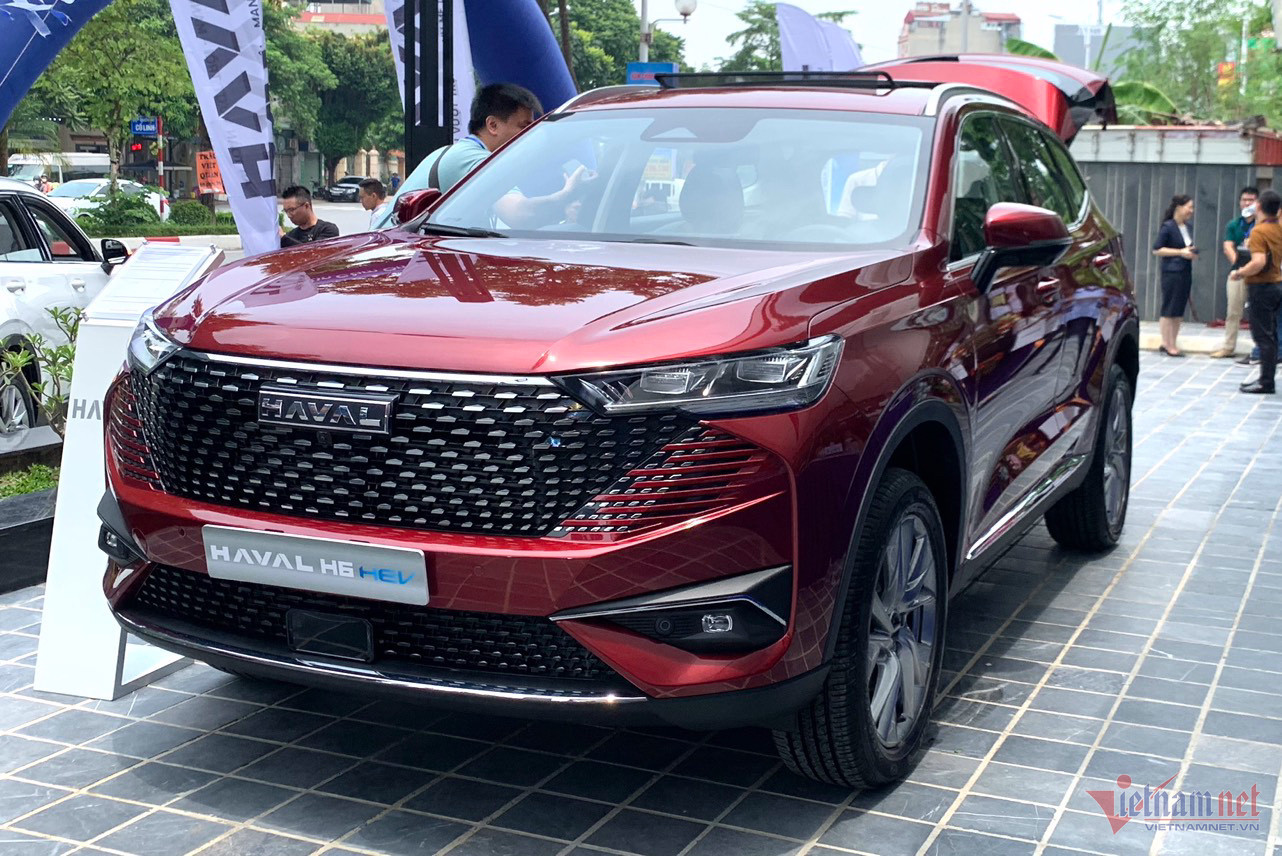This shift raises questions about whether Vietnamese consumers are ready to embrace Chinese cars that are priced on par with established Japanese and Korean brands.

In a stark departure from their previous approach, Chinese automakers have begun introducing high-priced vehicles to the Vietnamese market, leaving many consumers taken aback. Unlike over a decade ago, when brands like Lifan, Chery, Zotye, and BYD captured the market with budget-friendly models, the latest entries from Chinese manufacturers are now targeting the high-end segment.
For instance, the Haima 7X is priced at approximately $36,000, while the Haval H6 HEV is offered at around $46,000. Meanwhile, Lynk & Co 01 and 09 are priced at $42,000 and a staggering $92,000, respectively. These price tags are significantly higher than expected, leading many to question whether the quality of these vehicles justifies the cost.
Industry experts suggest that Chinese automakers may be aiming to shift consumer perceptions by offering more expensive, higher-quality vehicles. However, this strategy places them in direct competition with established Japanese and Korean brands, potentially putting Chinese models at a disadvantage in the Vietnamese market.
Take the MG HS, for example. Launched in July 2020 with a price nearing $42,000, it was expected to compete in the C-SUV segment alongside models like the Hyundai Tucson, Honda CR-V, and Mazda CX-5. However, after nearly two years of lackluster sales, the MG HS was temporarily pulled from the market. Even after being reintroduced in January 2024 with a lower price range of $29,000 to $31,000, the model still struggled to attract buyers, prompting dealers to offer discounts of up to $5,000. Currently, the MG HS is priced even lower than some B-SUV models.
The Haval H6 HEV, another Chinese model, faced similar challenges. Introduced in August 2023 with a price of $46,000, it was priced higher than the top trims of the Mazda CX-5 and Hyundai Tucson at the time. After just two months of disappointing sales, the distributor was forced to slash the price by nearly $10,000 to $36,000. Despite this significant reduction, the Haval H6 HEV continues to struggle in the market, with current prices ranging from $35,000 to $36,000.
Another example is the Haima 7X, launched in December 2023 and positioned in the mid-sized MPV segment. However, with a price of $36,000 - $2,300 higher than the Toyota Innova Cross - the Haima 7X has seen minimal interest from buyers. Recently, Haima dealerships have had to offer discounts of up to $5,800 to boost sales of this MPV.
According to industry expert Nguyen Manh Thang from Whatcar Vietnam, the high prices of these Chinese vehicles can be attributed to several factors.
Firstly, most of these models are imported directly from China, subjecting them to high import taxes of 47-70%, depending on the type. Secondly, the technology, comfort features, and materials used in Chinese cars have improved significantly in recent years. Thirdly, Chinese automakers are deliberately positioning their brands in the higher-end market to challenge the perception that Chinese cars are only affordable but low-quality.
The biggest advantage that Chinese automakers have in entering the Vietnamese market is pricing. Although their vehicles are priced higher than expected, they are still generally more affordable than comparable models from Japan and Korea.
Additionally, in recent years, Chinese car manufacturers have made serious investments in research and development, leveraging their technological strengths to offer modern, comfortable, and safe vehicles that rival those of long-established brands.
Experts note that Chinese businesses are known for their keen business acumen, and the influx of Chinese automotive brands into Vietnam over the past two years suggests that they see significant potential in the Vietnamese market.
However, the challenges these Chinese brands face in Vietnam go beyond high prices and product quality. They also need to establish robust distribution networks and reliable after-sales services. Overcoming these hurdles will be crucial for Chinese automakers to gain a foothold in the Vietnamese market.
Currently, while cars are becoming more common as a mode of transportation in Vietnam, they are still considered valuable assets. As a result, many consumers tend to stick with well-known brands from Japan, the United States, and Korea, which have earned their trust over the years through high-quality products.
Ngo Minh